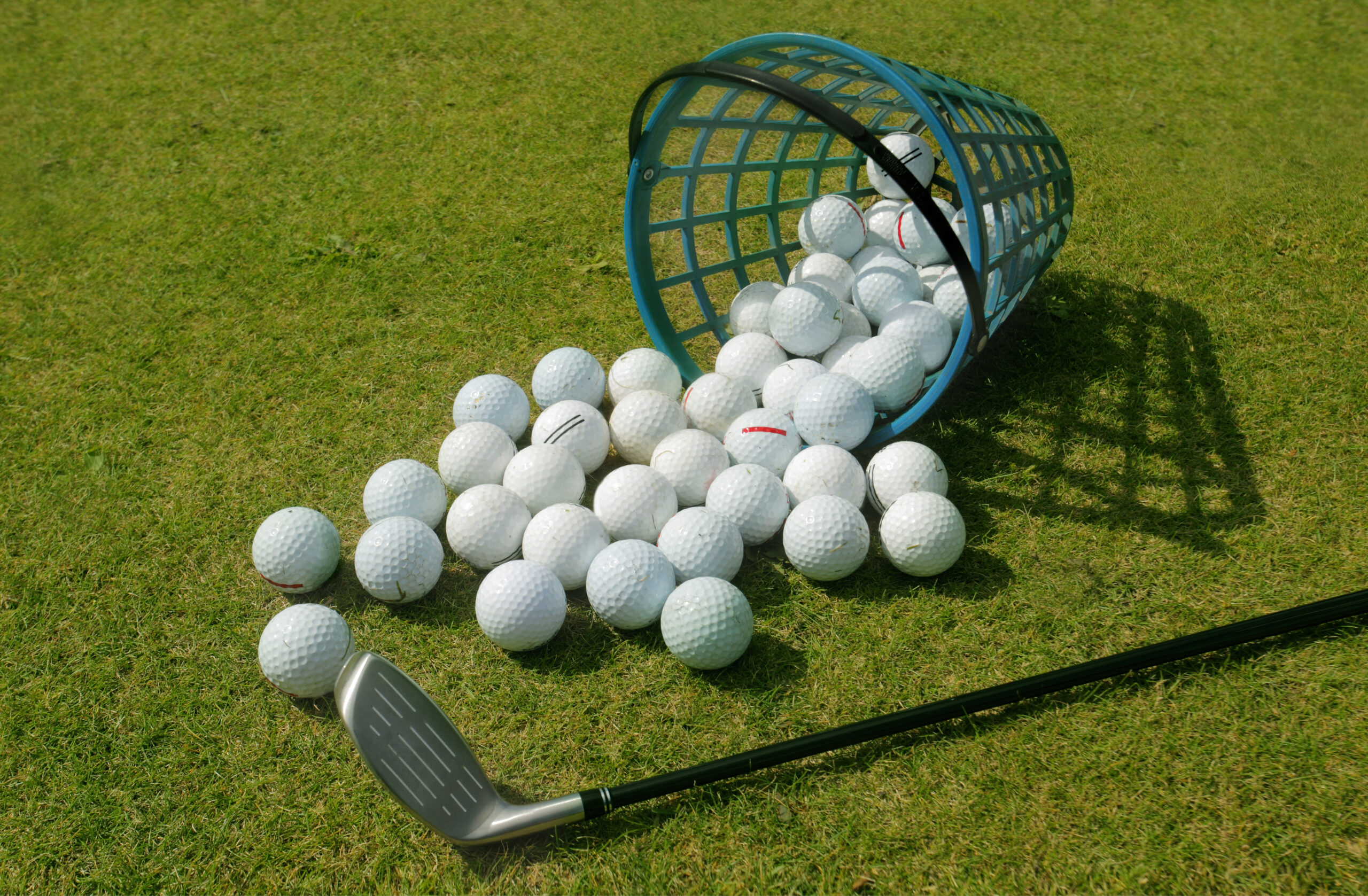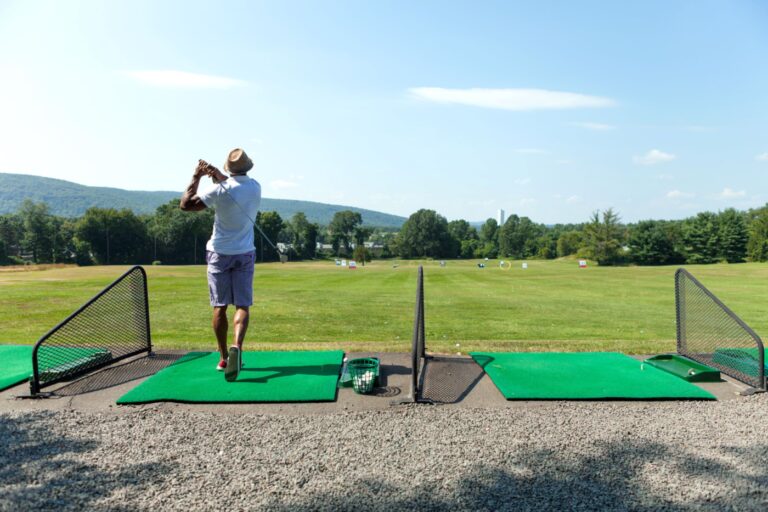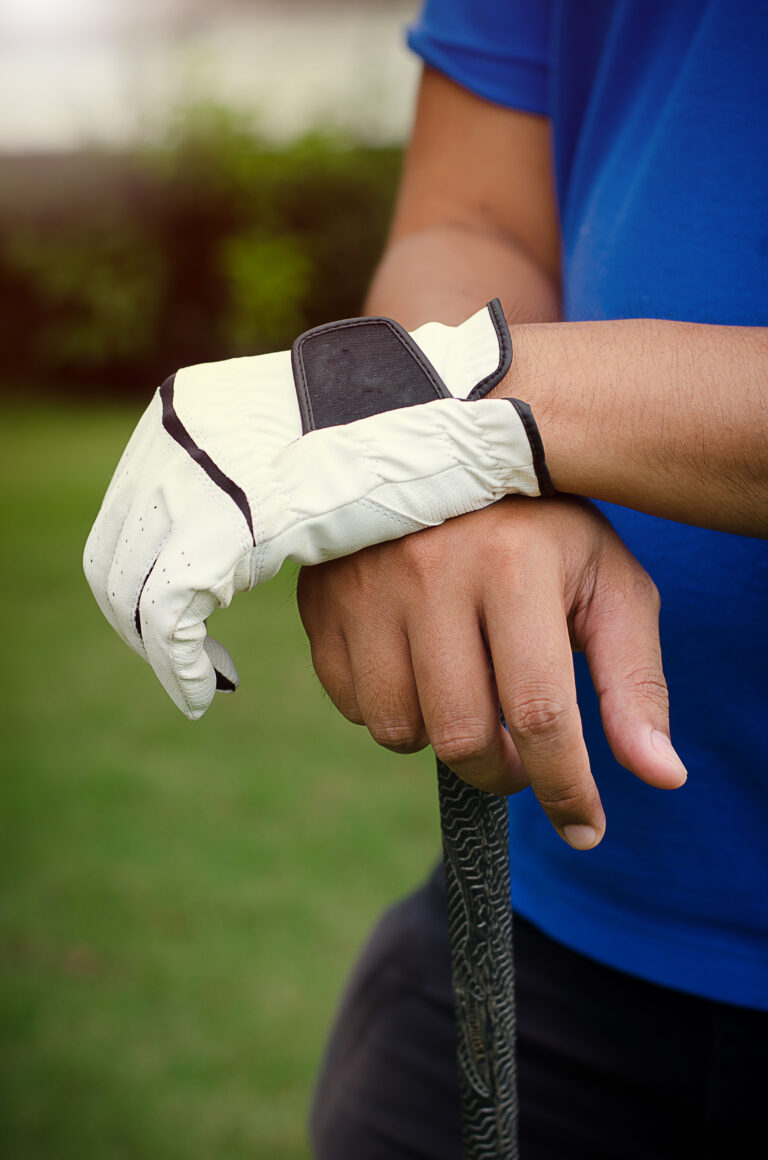Ultimate Scratch Golf Practice Schedule Template: 3 Key Areas to Unlock Your Potential (a Golf Professional’s Advice)
Whether or not you’re there, I think most of us would like to be a scratch golfer. I have been practicing and playing the game of golf for over twenty years and have played competitive golf at both the amateur and professional levels. If there’s one thing I’ve learned, it’s the importance of having a great practice routine and sticking to it over time, which is why I developed a scratch golf practice schedule.
Below is the practice schedule I’ve used to play the best golf of my career. Although the program was designed to take place over an entire day, golfers with busy schedules can do it over multiple days. Even though I used this specific schedule when playing professional golf, players of any skill level can benefit. It even works great as a golf practice schedule for beginners.
Remember that practicing every portion of your game for a short period as often as possible is better than practicing a part of your game for an extended period but not as often.
Scratch Golf Practice Schedule
Below you will find the golf practice schedule template I used to guide my practice sessions when I was trying to play golf for a living as a professional golfer. Although my mindset regarding different belief systems in various facets of golf has changed over the years, the core basics have remained the same, and if I were trying to improve my game quickly nowadays, I would use this practice schedule.
Short Game
Pitch / Chip shots – 40 minutes
Bunker shots – 10 to 15 minutes
Shots from bad lies – 5 to 10 minutes
Driving Range
Warm-up / Wedge shots – 40 minutes
Driver – 10 to 15 minutes
Different clubs and shots – 5 to 10 minutes
Putting
Inside 7 feet – 20 minutes
Long / Lag putts – 10 minutes
Random distance – 5 minutes
*Return to the driving range to hit 5-10 shots with whatever club I will use on the first tee, then play nine holes. After nine holes, I will use the remainder of my time working on any weaknesses and play nine more holes if there is time.
Remember that the above is just an example of what worked for me.
You may be wondering why I only spend around 35 minutes on putting. I find that I putt my best when I work on my routine and build confidence on the putting green. If I ever practice putting too long, I tend to putt worse on the golf course.
Breaking Down My Practice Routine
The above practice schedule has proven helpful to me over the years. If I feel the need and desire, I can put this schedule into practice, and my golf game will benefit greatly.
I cannot state enough that much of the schedule lays the groundwork for what a golfer should be working on; however, it does not present the correct movements and thought processes that should be occurring during practice time. So, it’s vital to utilize a golf professional, swing instructor, golf coach, or whatever you want to call them and start on a path to improving your golf swing and overall game.
However, what should remain the same is that we should practice our weaknesses or the shots that hurt us most. For example, if I struggle with my short game, I will practice more on my short game, and if driving the golf ball is my weakness, I will spend more time on the driving range practicing my tee shot and hitting driver.

As I said, this practice schedule is just an example of a plan I’ve used. It may work for you, or it may not. You may need to alter it, or you may need to create your own based on a combination of things. Again, what’s most important is practicing your weaknesses and practicing them often so you can improve. The best way to improve in golf is to have an organized practice schedule and stick with it, no matter what.
Although your swing and outlook on the golf course may change, your practice schedule should remain the same for most of the year, although if you’re a golfer who plays in tournaments, you may need to adjust your practice accordingly. For instance, maybe you’re playing a tournament at a course that requires you to hit a draw off the tee, but you’ve been playing a fade, so you may have to alter your practice sessions to allow for more time to work on hitting a draw off the tee. Although this small percentage of your practice time may change for the week, the bulk of your practice will remain the same.
It’s essential to keep in mind that depending on the type of tournament you may be playing, and how many rounds will take place, you may not necessarily have the time or energy to perform your usual schedule, nor should you in most circumstances because tournament weeks are different than off weeks.
Drill in the Fundamentals at Home
There may be times when you cannot make it out to the course for practice. You can have a productive practice session at home, regardless of your schedule and time restraints. However, if you practice at home, you will need the right equipment. One such piece of equipment is a good golf net. The GoSports golf practice hitting net is the one I use for my practice sessions. I’ve found the GoSports net to be a quality product built for golfers of all swing speeds. You can even purchase an attachment for extra reinforcement if you’re a high-ball speed player.
I’ve listed the GoSports Golf Net below with my other two top picks for, in my opinion, essential equipment for practicing golf at home.
My at Home Golf Practice Essentials

Learning From the Pros
Tiger Woods is an excellent source of information on managing a practice plan. I think he is the most disciplined golfer in the game’s history in adhering to a strict practice routine. His practice session caters to his strengths and weaknesses, and he is notorious for his putting practice that involves hitting putt after putt with only his right hand. There’s a reason for this—he’s right-hand dominant in his putting stroke and is a firm believer in releasing the putter through impact.
Tiger is also a great player to watch during a practice round if you ever get the opportunity. His ability to study the golf course and map out a game plan of how he will navigate each hole and shoot the best score possible is second to none. Any amateur golfer can learn a lot from watching Tiger practice and play his rounds on the course.
Although Tiger is arguably the best at deliberate practice, many tour pros have great practice schedules. Most of them have a practice drill or two for the full swing, chip shots, putting, etc., but it’s essential to keep in mind that, for the most part, they practice when it’s time and focus on playing golf and carding a score when on the course. By this, I mean, except for a swing drill or thought, they clear their mind and concentrate on course management when they leave the practice tee.
Disclosure: Some of the links below are affiliate links. This means that, at zero cost to you, I will earn an affiliate commission if you click through the link and finalize a purchase.
I hope this information, including the example practice plan, helps with your game, and you not only improve your course handicap but keep in mind that golf is all about enjoyment and learning whether you hit a good shot or a bad shot.








